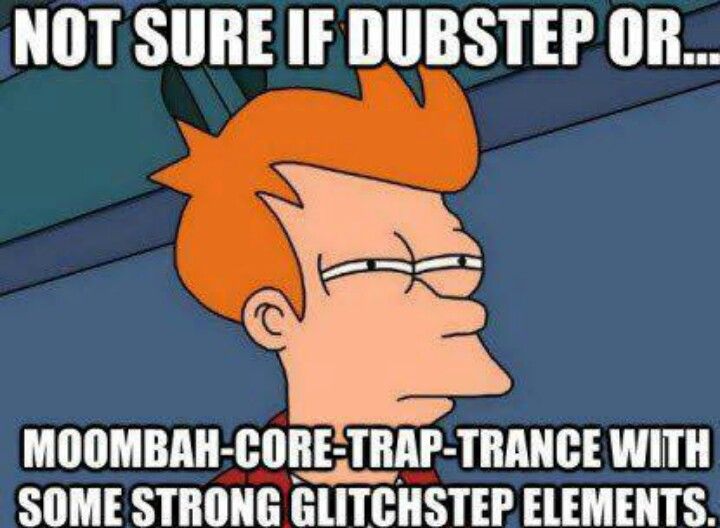Now that increasing numbers of people are stuck at home and sheltering in place, I figured I’d do a little series. Every weekday for the duration of this intense period, I’ll post a short definition of some term in/related to aesthetics and philosophy of art. Let’s see how this goes! See them all here.
Terms of Art #6:
genre
Pronunciation: ZHAHN-ruh (soft ‘g’, two syllables)

sub-sub-genres: super annoying ways of categorizing things to make others feel confused and helpless
Definition: Genres are classificatory groups applied to art. They are primarily based on content and style of presentation – as opposed to historical period (e.g. 17th century), location of creation (e.g. India), medium of production (e.g. acrylic vs. oil paints), or pure form (e.g. painting size or movie length or things like that). But the boundaries are very fuzzy and so of course these features are also sometimes used to specify genres.
The word comes via French from the Latin genus – yep, as in genus, species, etc. So think about that.
Examples:
In literature: epics, tragedies, comedies
In movies: horror, romcom, Western
In painting: still life, portrait, landscape
In music: folk, rock, jazz, baroque (as in classical)
Sub-genres – genres within genres. Think: not just rock, but heavy metal or grunge or pop rock or prog rock or math rock or dad rock or … *hyperventilates*

Fig 2: a bookstore, used by humans to exchange currency for the physical written word, from a time before all trees became toilet paper [source]
(1) Genre fiction – fiction written to fit into existing literary genres. Think: the books in those sections at the bookstore with labels like “Mystery” or “Romance” or “Sci-Fi/Fantasy”. (Bookstore: a physical edifice that houses and sells books. Popular in the 20th century. See Fig. 2.)
(2) Genre theory – a super complicated set of theories in rhetoric and communication where ‘genres’ are patterned communicative devices and actions like grocery lists, apologies, and personal anecdotes. Has origins with 20th-century Russian philosopher Mikhail Bakhtin.
Not to be confused with:
Genre painting – a specific type of painting where the central figure(s) is not supposed to be a specific person, from a specific story, etc.

